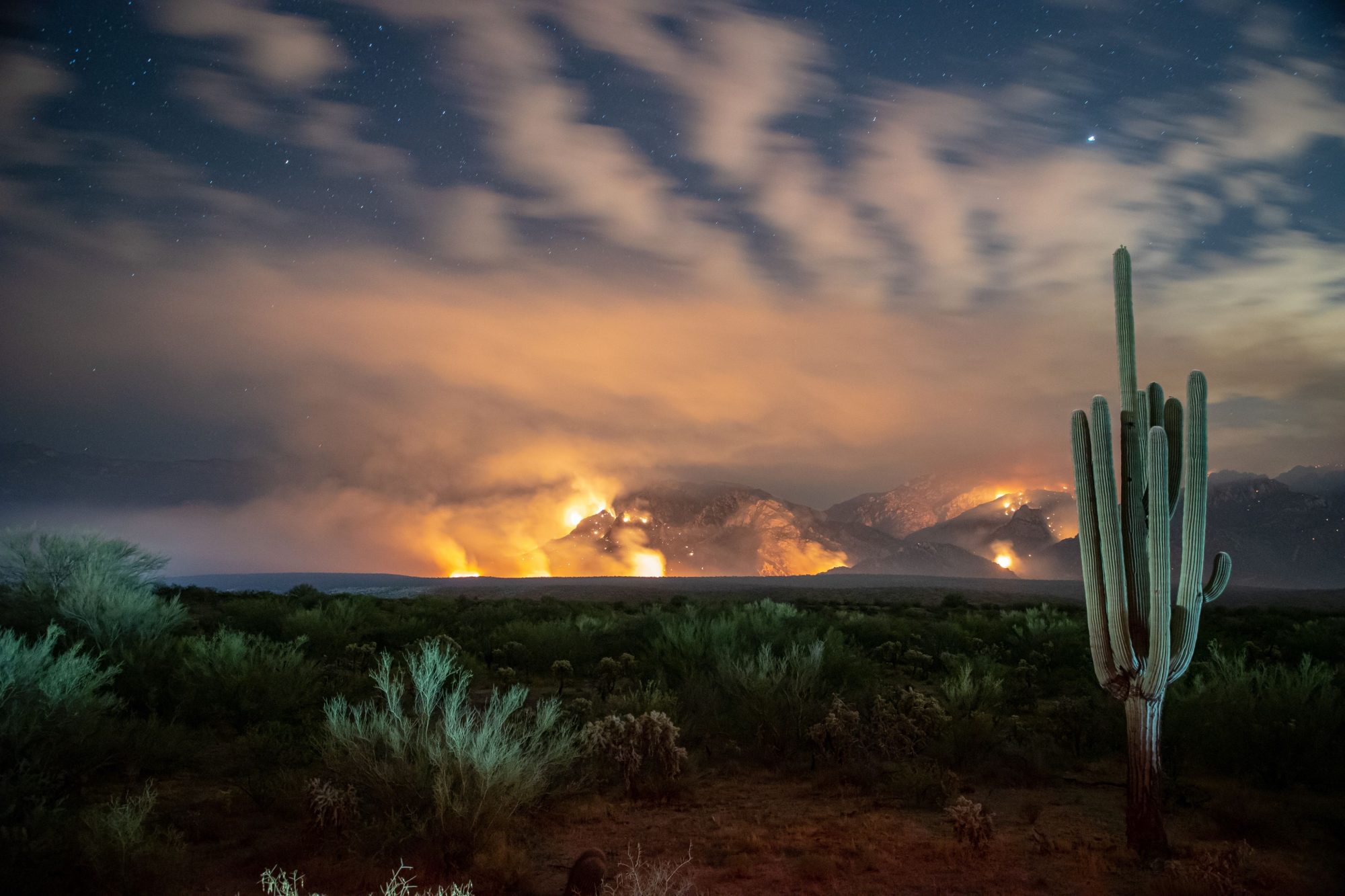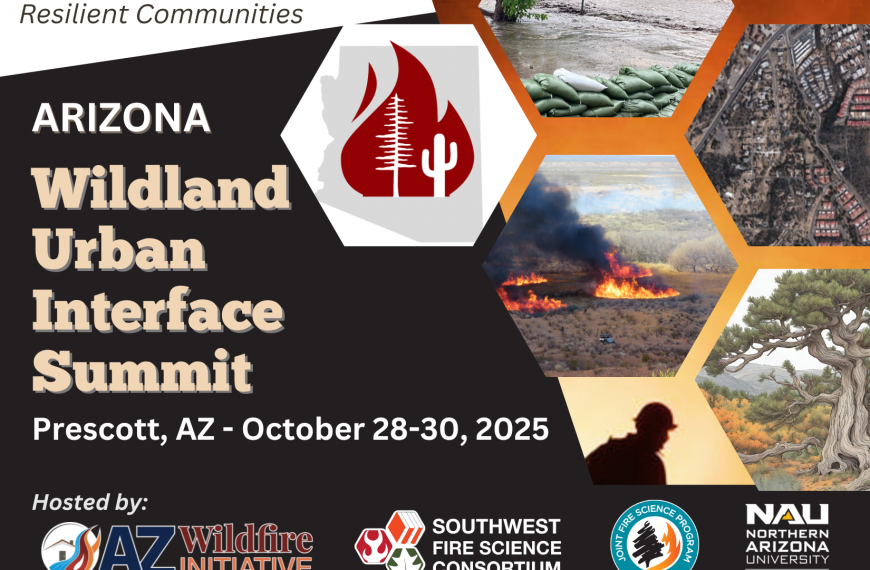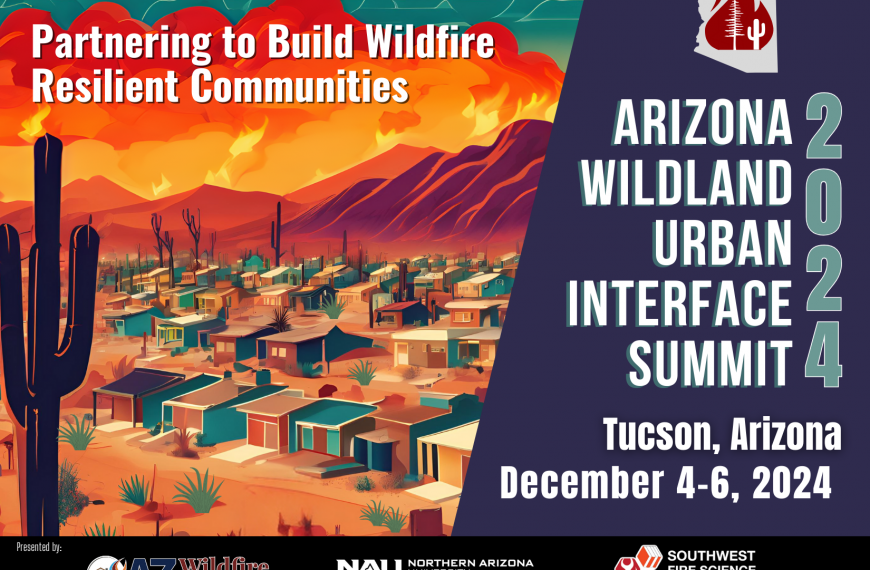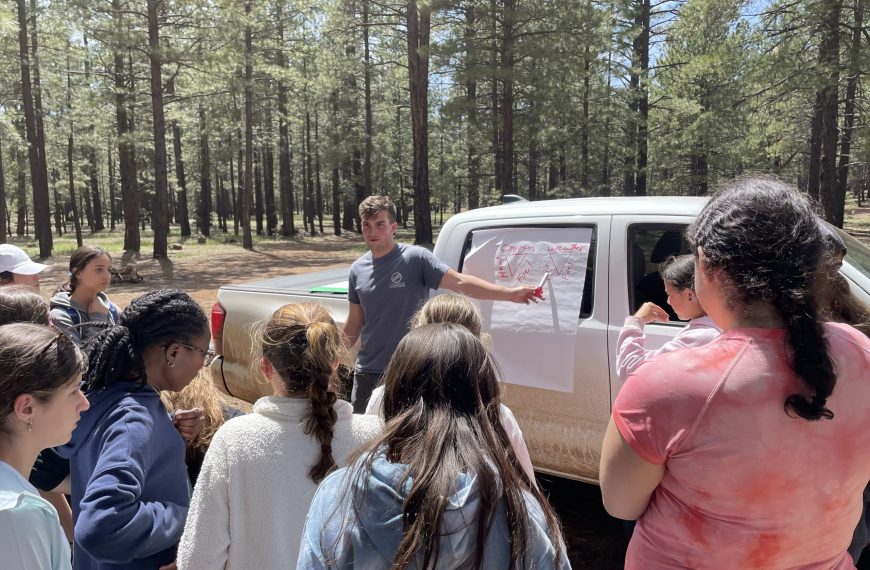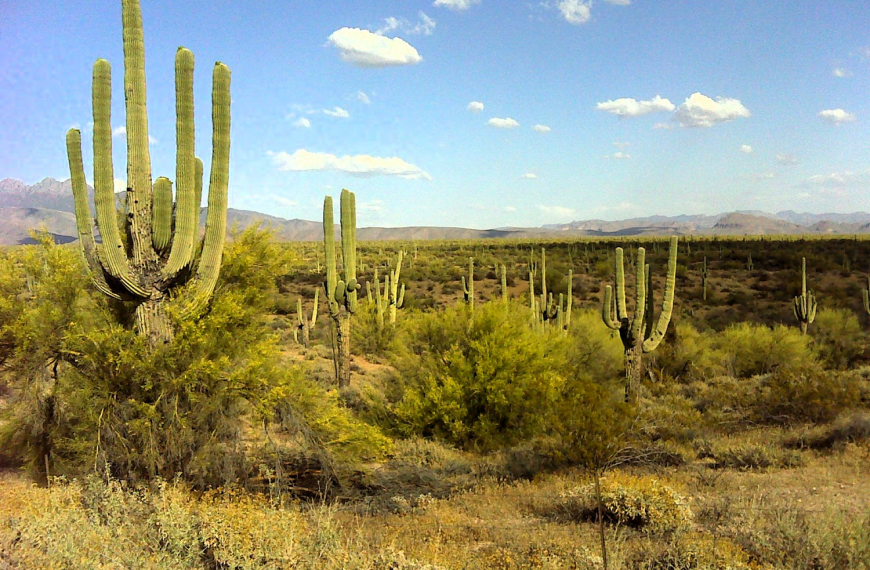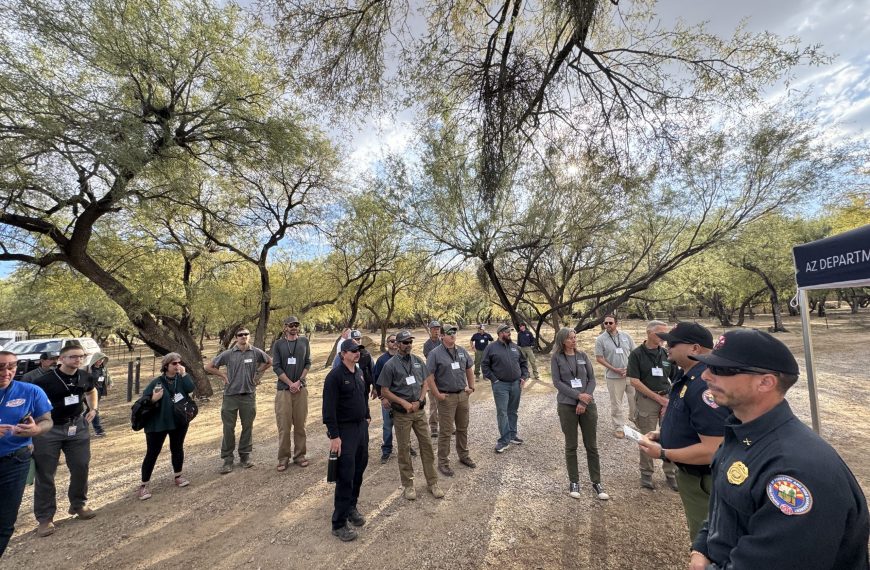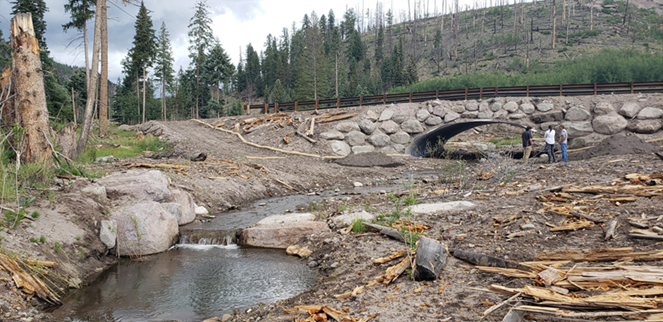An overview of a changing landscape.
The expansion of the grass-fire cycle in the deserts of North America is driving ecosystem level transformation from patchy desertscrub to invasive grassland. A novel fire regime in the Sonoran Desert is forcing a new approach to land management, where there are currently more questions than answers. What is the ecological trajectory of the Sonoran Desert? What should we be managing for?
Unprecedented large-scale fires in recent years, especially in 2005 and 2020 have been driven by the exponential expansion of introduced invasive plants. An ecological transition from desertscrub to grassland has begun, which creates management and societal challenges as fire becomes a part of the ecology of the Sonoran Desert. Here, we summarize the history and trends of fire in the Sonoran Desert and discuss future conservation strategies. Select fire ecology information is also presented for the Mojave Desert, which is experiencing a similar ecological transformation.
Read our fact sheet based on the report here.
To learn more, check out our Story Map on Sonoran Fuel Breaks based on a field trip in February 2024. Field trip participants, ranging from agency personnel to researchers, learned about techniques that are being tested to reduce wildfire risk to Sonoran Desert ecosystems that are impacted by invasive species, preserve areas of intact desert, and prevent further transition of Sonoran Desert ecosystems to grasslands.

